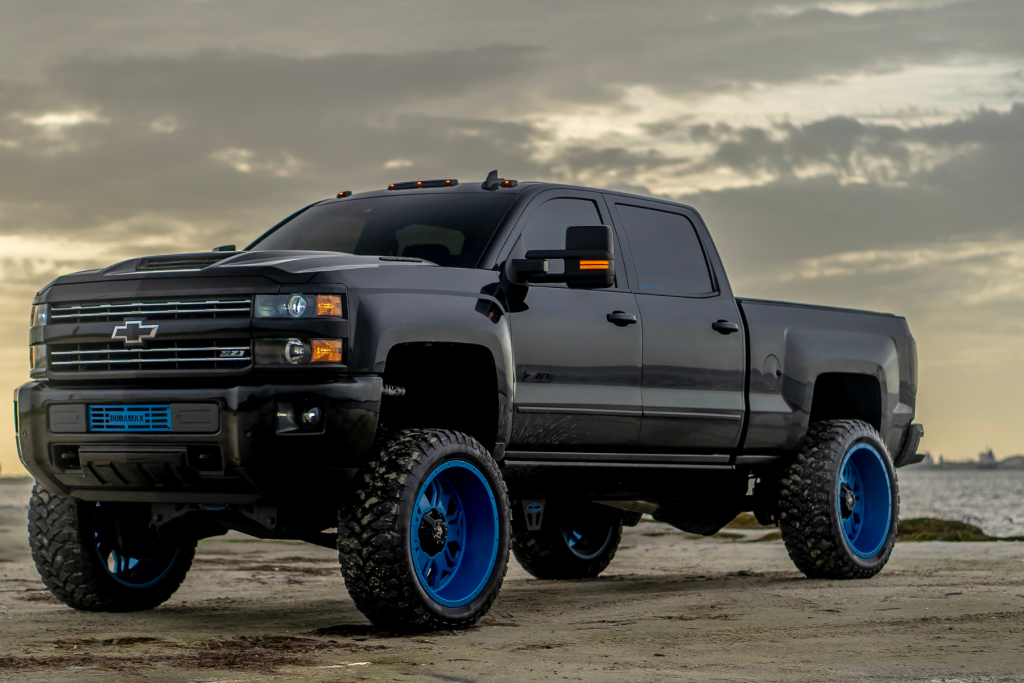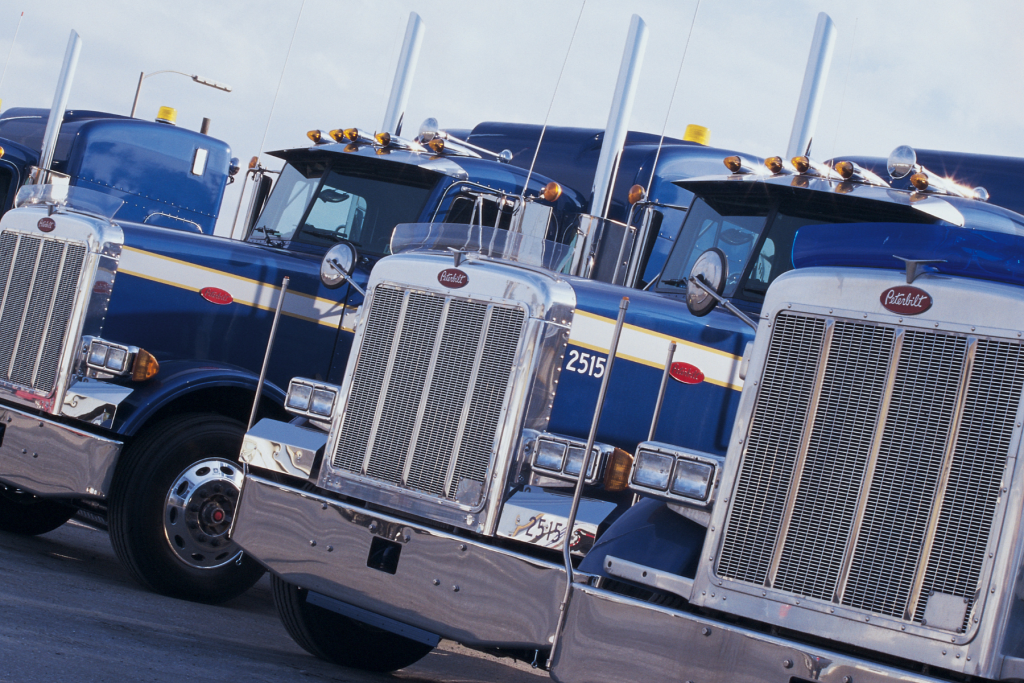
GVWR (GROSS VEHICLE WEIGHT RATING) EXPLAINED
What is GVWR?
Understanding Gross Vehicle Weight Rating (GVWR) is crucial for both drivers and fleet managers in the world of trucks and heavy-duty vehicles.
GVWR represents the maximum weight a vehicle is rated to safely carry, encompassing the vehicle’s curb weight, passengers, cargo, and fuel. It serves as a key parameter in categorizing trucks into different classes based on their load-bearing capacities.
Trucks come in various sizes and capabilities, and their classifications are determined by their GVWR. These classes range from light-duty pickups to heavy-duty workhorses, each designed for specific tasks.
Let’s delve into the intricate details of GVWR and explore the diverse truck classifications that help streamline the vast array of vehicles on our roads.

What are the different classes of vehicle and what is the GVWR of each?
Light-Duty Vehicles:
Light-duty vehicles are characterized by their relatively lower Gross Vehicle Weight Rating (GVWR), typically up to 6,000 pounds. These vehicles include everyday cars, SUVs, and smaller trucks. They are designed primarily for personal use and light commercial applications. Light-duty trucks are popular for commuting, family transportation, and occasional hauling of moderate loads. Fuel efficiency, comfort, and ease of maneuverability are often prioritized in the design of light-duty vehicles.


Medium-Duty Vehicles:
Medium-duty vehicles fall within the GVWR range of 6,001 to 26,000 pounds. This category encompasses a diverse range of trucks, including larger pickups, delivery trucks, and certain types of buses. Medium-duty trucks are versatile, suitable for various commercial applications, and often serve businesses involved in local delivery, construction, and vocational services. These vehicles strike a balance between payload capacity, maneuverability, and fuel efficiency.
Heavy-Duty Vehicles:
Heavy-duty vehicles have a GVWR exceeding 26,000 pounds, and they are the workhorses of industries requiring substantial hauling and towing capabilities. These trucks include Classes 6 to 8 and are commonly seen in construction, freight transport, and other demanding applications. Heavy-duty vehicles prioritize power, durability, and high payload capacities. They are designed to handle challenging terrains and prolonged periods of operation, making them essential for tasks that demand robust performance.

GVWR By Vehicle Class
Class 1: Light-Duty Trucks
- GVWR: Up to 6,000 pounds
- Light-duty trucks in this class are typically your everyday pickups and SUVs. They are designed for personal use and may include smaller work trucks used for lighter tasks.
Class 2: Medium-Duty Trucks
- GVWR: 6,001 to 10,000 pounds
- This class encompasses a wide range of vehicles, from larger pickups to delivery trucks. They are versatile and suitable for various commercial applications, including small businesses and fleet services.
Class 3: Heavy-Duty Trucks
- GVWR: 10,001 to 14,000 pounds
- Heavy-duty trucks in this class are commonly seen in construction, landscaping, and other industries requiring more substantial hauling capacity. They provide a balance between power and maneuverability.
Class 4: Heavy-Duty Trucks
- GVWR: 14,001 to 16,000 pounds
- This class includes larger work trucks, often used for specialized vocational applications. They offer increased towing and payload capabilities compared to lower classes.
Class 5: Heavy-Duty Trucks
- GVWR: 16,001 to 19,500 pounds
- Class 5 trucks are commonly employed in heavy-duty vocational work, such as tow trucks and larger utility vehicles. They provide significant power and durability for demanding tasks.
Class 6: Heavy-Duty Trucks
- GVWR: 19,501 to 26,000 pounds
- These trucks are often used in more intense vocational applications, such as larger delivery vehicles and certain types of construction equipment. They offer substantial payload capacities and are a staple in various industries.
Class 7: Heavy-Duty Trucks
- GVWR: 26,001 to 33,000 pounds
- Class 7 trucks are robust vehicles suitable for tasks like refuse collection and larger-scale construction projects. They provide a high level of durability and power to handle challenging work environments.
Class 8: Heavy-Duty Trucks
- GVWR: Over 33,000 pounds
- The heavyweight champions of the trucking world, Class 8 trucks are the giants on the road. Often used in long-haul transport and heavy-duty applications, they can handle substantial loads and are the backbone of the freight industry.
